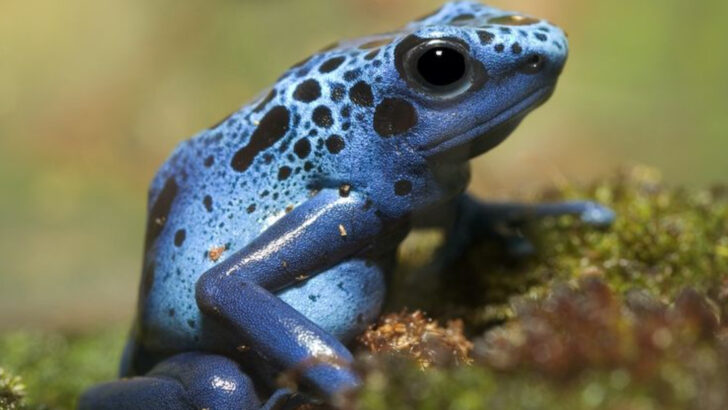Poison dart frogs, known for their striking colors and potent toxins, are fascinating creatures.
These amphibians, native to Central and South American rainforests, captivate both scientists and nature enthusiasts alike.
Despite their small size, these frogs hold a considerable place in the world of biodiversity, with their unique adaptations and ecological roles.
Explore these ten amazing facts to understand the allure and danger that accompany these vibrant beings.
Rainbow of Colors
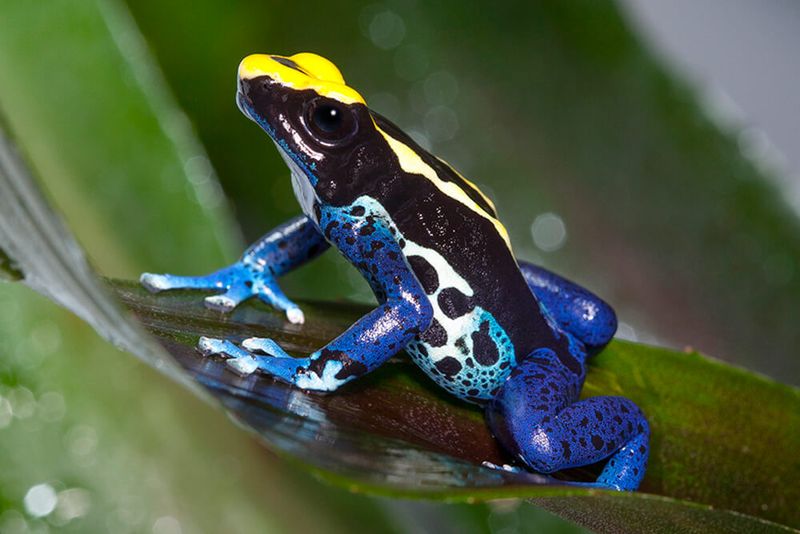
With colors as vivid as a painter’s palette, poison dart frogs dazzle and deceive. These amphibians sport hues ranging from electric blue to fiery red. Their vibrant skin serves as a warning to potential predators, signaling their toxic nature.
Interestingly, the brighter the color, the more poisonous the frog tends to be. This fascinating adaptation is a prime example of aposematism, where bright colors are used to deter threats. This colorful warning system is not just for show, but a crucial survival tactic in the wild.
Such diversity in coloration among species plays a vital role in the ecosystem, influencing predator-prey dynamics.
Toxic Arsenal

The skin of poison dart frogs is a chemical arsenal, deterring predators and curious explorers alike. These frogs secrete toxins through their skin, derived from their diet of ants, mites, and other small invertebrates.
This toxic cocktail varies among species, with some capable of producing enough poison to kill several humans. The indigenous peoples of South America historically used these toxins to coat their blow darts for hunting.
The potency of their toxins is remarkable, and ongoing research explores their potential medical applications, including painkillers and heart stimulants.
Diverse Species
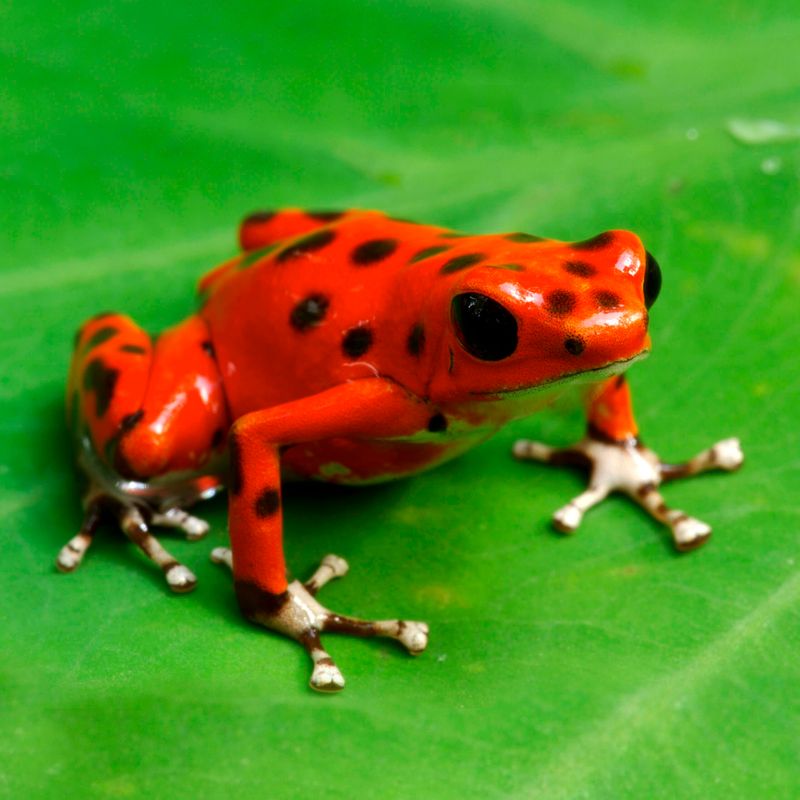
The family Dendrobatidae boasts over 200 species, each with its unique charm and characteristics. These species vary not only in color but also in size, ranging from less than an inch to several inches long.
Each species has adapted to its specific environment, leading to a fascinating array of behaviors and survival strategies. Some species are more toxic than others, an evolutionary result of their habitat and ecological interactions.
This diversity contributes to their intrigue and underscores the importance of conserving their natural habitats to preserve these unique creatures.
Parental Care
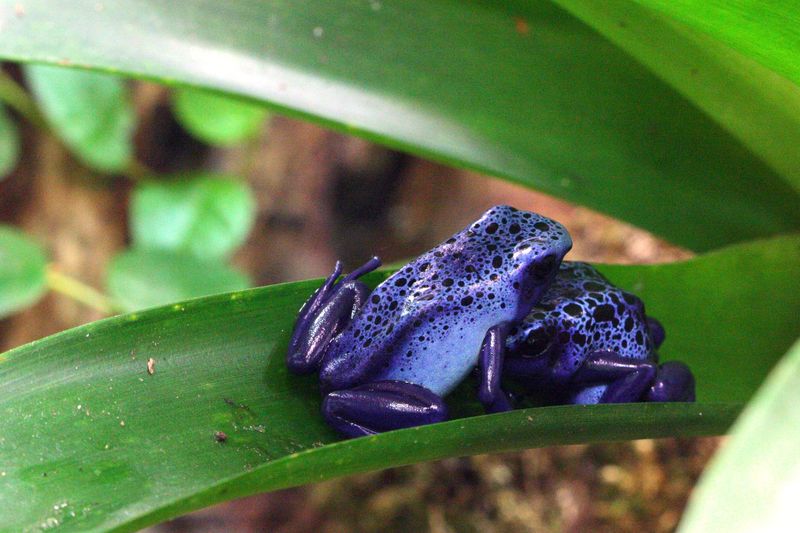
In the world of amphibians, poison dart frogs stand out for their remarkable parenting skills. Many species exhibit unique parental care, with fathers or mothers transporting their tadpoles to water-filled plants.
This dedication ensures the young have a safe environment to develop away from predators. Parental investment varies, with some species even providing unfertilized eggs as food for growing tadpoles.
Such care highlights the evolutionary adaptations that have allowed these frogs to thrive in diverse environments, ensuring the survival of future generations in the face of myriad threats.
Habitat Loss
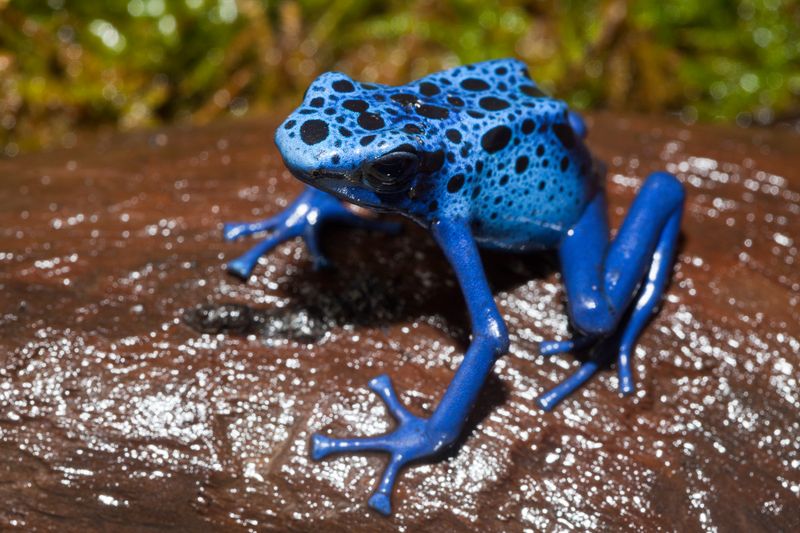
The dense rainforests of Central and South America provide the perfect backdrop for poison dart frogs, but deforestation threatens their existence. These frogs depend on specific environmental conditions, such as humidity and temperature, to survive.
As rainforests are cleared for agriculture and development, these critical habitats diminish, posing a significant threat to their populations. Conservation efforts are crucial, as these frogs play essential roles in controlling insect populations and serving as bioindicators of ecosystem health.
Protecting their habitats ensures the survival of these colorful and ecologically important creatures.
Dietary Sources
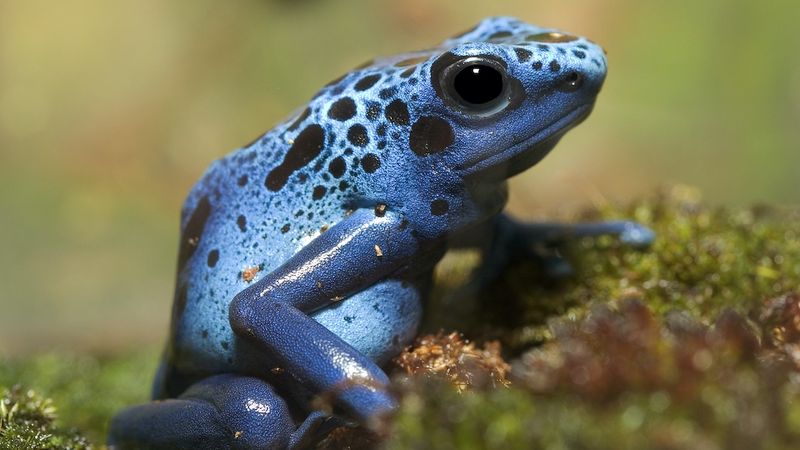
The diet of poison dart frogs is a key factor in their toxicity. Feeding primarily on ants, termites, and small insects, these frogs accumulate alkaloid toxins from their prey.
This relationship between diet and toxicity is a fascinating aspect of their biology, as frogs bred in captivity without access to their natural diet are typically non-toxic. This discovery has sparked interest in understanding how diet influences chemical defenses.
Such insights emphasize the importance of natural ecosystems in maintaining the delicate balance required for these frogs’ survival and their role in nature’s intricate web.
Captive Breeding
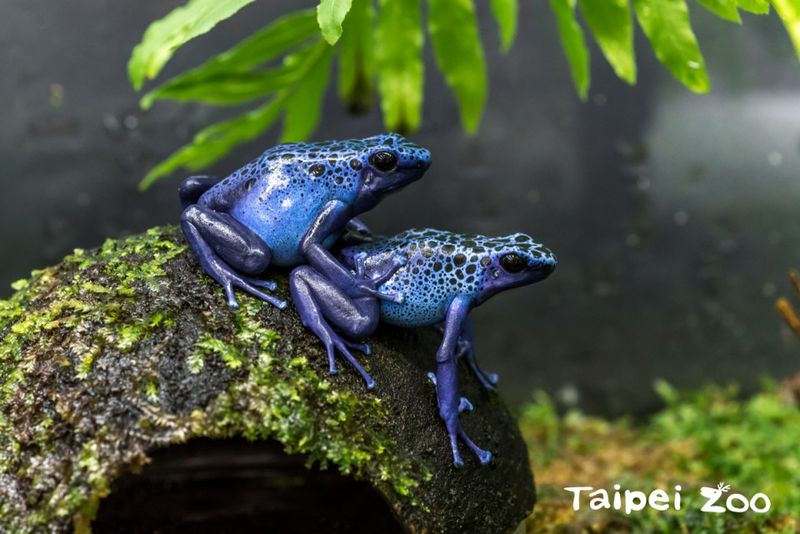
Captive breeding programs play a vital role in conserving poison dart frog species. These initiatives aim to protect and reintroduce species threatened by habitat loss and environmental changes.
In captivity, frogs are bred in controlled environments that mimic their natural habitats, providing insights into their biology and behavior. These programs help maintain genetic diversity and raise awareness about conservation issues.
Moreover, research from captive breeding contributes to understanding amphibian diseases and developing conservation strategies, highlighting the importance of continued efforts in saving these fascinating creatures.
Unique Communication

Poison dart frogs communicate through a variety of sounds and calls, each species with its own vocal repertoire. These calls play crucial roles in territory defense, mate attraction, and social interactions.
Male frogs are often the vocalists, using calls to ward off rivals or entice females. The diversity of their calls is as varied as their colors, offering insights into their complex social structures.
Such vocal communication underscores the rich biodiversity within the rainforests and the adaptations these frogs have developed to thrive in their environments.
Historical Significance
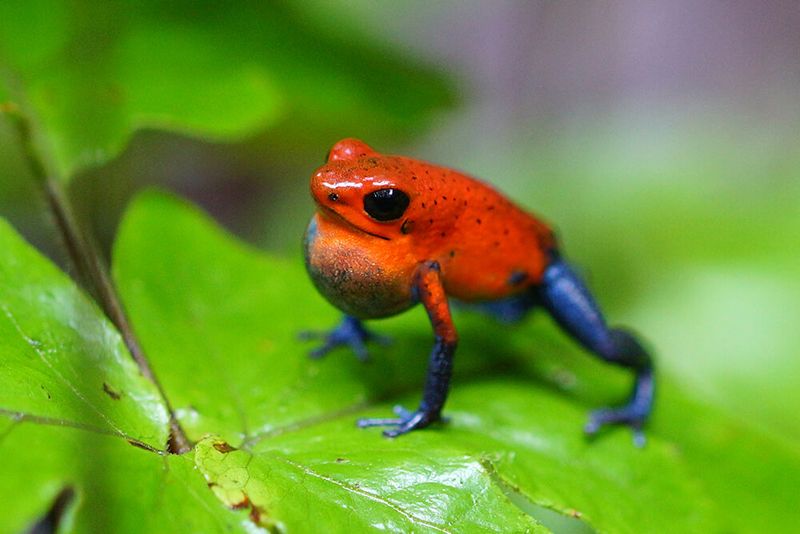
The historical ties between indigenous cultures and poison dart frogs are profound. Native tribes utilized the frogs’ potent toxins for hunting, applying them to the tips of blow darts.
This practice not only reflects cultural ingenuity but also the deep ecological knowledge indigenous peoples possess. The relationship between the frogs and humans is a testament to the intricate connections within the rainforest ecosystems.
Modern science continues to learn from these traditional practices, exploring potential medical applications of these natural toxins, thus bridging ancient wisdom with contemporary research.
Conservation Efforts
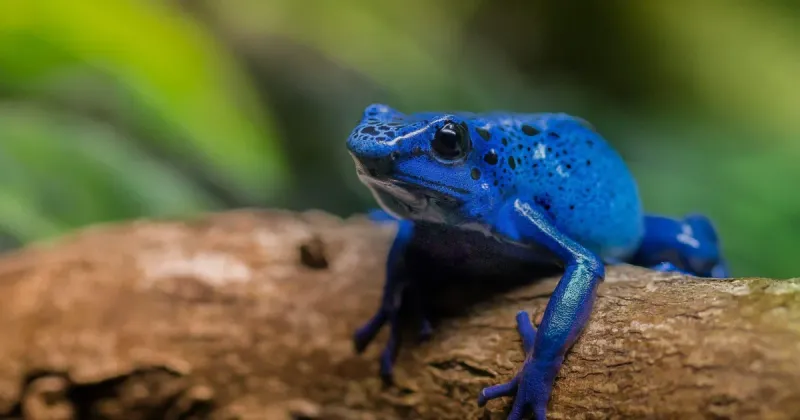
Conservation efforts are crucial in safeguarding the future of poison dart frogs. Various organizations work tirelessly to protect these species, focusing on habitat preservation and restoration.
Educational programs aim to raise awareness about the ecological roles and threats these frogs face. Collaborative efforts between scientists, governments, and local communities are essential in devising effective conservation strategies.
Such initiatives not only aim to preserve these vibrant creatures but also the rich biodiversity of the rainforests they inhabit. Continued support for conservation is vital in ensuring these frogs remain a part of our world’s natural heritage.

